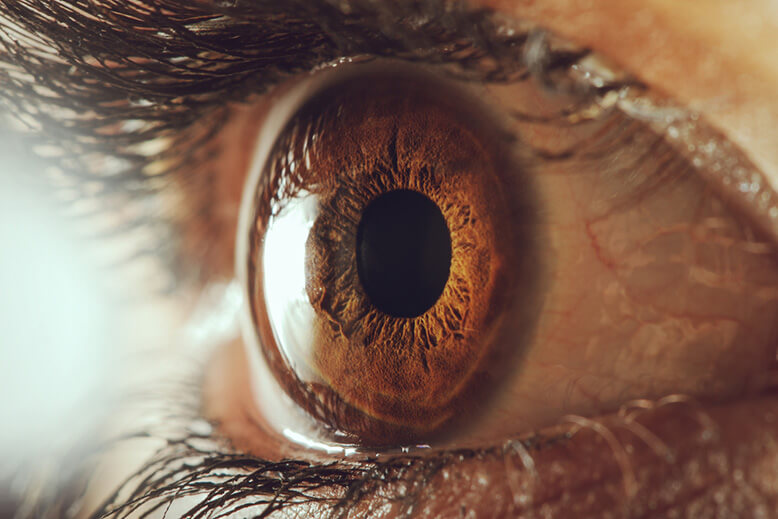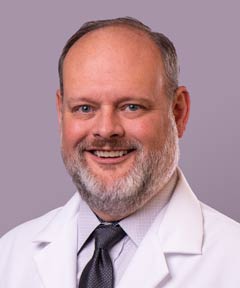Home » Services » Corneal Surgery
Corneal Surgery
What is the Cornea?
The cornea is the clear dome that covers the front part of the eye. It is responsible for the majority of focusing power of the eye. There are many factors that can affect the clarity of the cornea and thus lead to changes in vision. Common conditions that affect the cornea are dry eyes, infections/ulcers, allergies, traumatic injuries, and corneal dystrophies to name a few. Any changes to the cornea can cause serious damage and even permanent vision loss if not treated properly and in a timely manner by a cornea specialist. Treatments can range from eye drops to laser therapy to full corneal transplants.
At the Zion Eye Institute, our team of expert doctors and surgeons can diagnose and treat all forms of corneal diseases. Also, we have Southern Utah’s only fellowship-trained corneal specialist who is highly experienced and skilled with the most advanced medical and surgical cornea treatments. We are the only office in Southern Utah with the technologies available to perform corneal cross-linking and advanced corneal endothelial transplants/DSAEK.
Corneal Cross-Linking
Corneal cross-linking uses an eye drop containing riboflavin (Vitamin B2) and an ultraviolet (UV) light source over the course of 30 minutes. The treatment increases the molecular bonds between the collagen fibers that form the cornea. This increases the rigidity and mechanical strength of the cornea, decreasing the progressive changes that result in a steep and distorted cornea.
The cornea is able to hold a better shape, with improved focusing power. In many cases it may help patients intolerant to contact lenses to start using them again, reducing the need for a corneal transplant. If cross-linking is performed early enough it may be possible to prevent early keratoconus from developing into the advanced form of the disease.
Corneal Transplant
A corneal transplant consists of replacing the central full thickness of the diseased cornea with healthy donor tissue. Corneal transplants have been actively performed for more than 50 years. The procedure is usually done in patients with advanced keratoconus or where scarring or disease has resulted in the loss of transparency of the cornea, and hence loss of vision. Also known as a penetrating keratoplasty (PKP), the central portion of the damaged cornea is removed with a special round blade called a trephine, which works similarly to a cookie cutter. A donor cornea that has been extensively tested by an eye bank is then carefully sewn into place with sutures that are thinner than a human hair. The sutures can remain in place for up to a year. The recovery process is slow and may take from 6 months to a year. Use of a contact lens after a corneal transplant may still be needed for the clearest vision. Dr. Edwards is the only cornea fellowship trained specialist in all of southern Utah and is highly skilled and experienced with corneal surgery and medical treatments.
Call the Zion Eye Institute office today to schedule a consultation with one of our expert doctors. We also offer attractive financing options for all of our vision correction procedures.
Call today (435) 656-2020 or toll free (877) 841-2020.
Request OnlineDSAEK | Descemets Stipping Automated Endothelial Keratoplasty
Although corneal transplant results are generally very good, not all patients require a full thickness transplant. Diseases that affect only one layer of the cornea may only need a partial thickness transplant. DSAEK (pronounced dē’ sek; Descemets Stipping Automated Endothelial Keratoplasty) aims to replace only the inner layer of the cornea. In patients where only this layer of the cornea is defective, such as Fuch’s Dystrophy, DSAEK offers several advantages over traditional full thickness transplants, including smaller incisions, minimal stitches and faster recovery time. A small incision is made to gain access to the inner layer of the cornea. This damaged endothelial tissue is removed and a new layer of donor tissue is inserted into the eye. A few stitches are used to close the wound, and the new tissue is centered and held in place with an air bubble. This bubble holds the new layer against the existing layers of cornea. The air bubble only remains in the eye for a short period of time and is absorbed over a couple of days. Most patients notice visual improvement within the first few weeks after the surgery. And full recovery usually takes place over three to four months. Dr. Edwards is the only cornea fellowship trained specialist in all of southern Utah and is highly skilled and experienced with corneal surgery and medical treatments.


